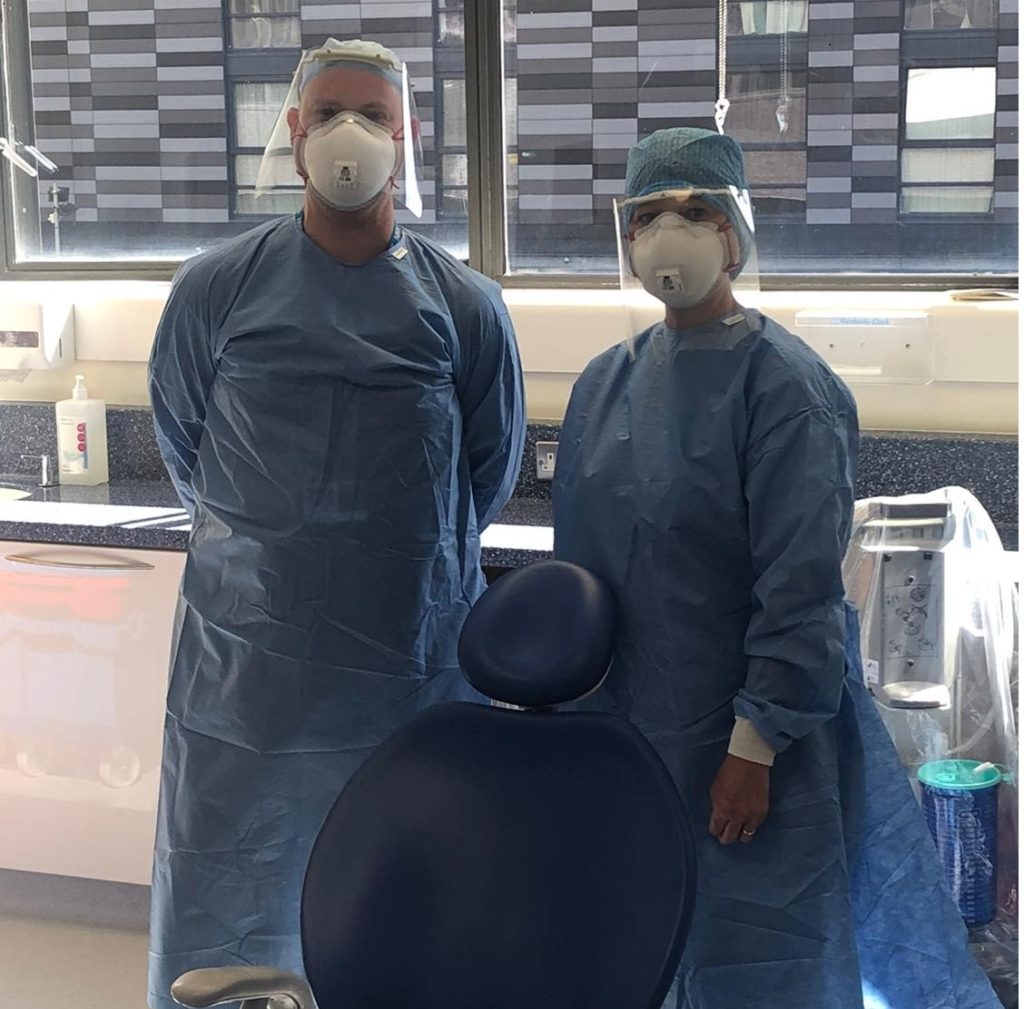A subject never far away from the dental press and the wider healthcare settings, but a subject that has always held a vital part in the day to day smooth running of a dental workspace. Dental nurses tend to be the focal point in infection prevention and control and have really taken the lead in this field in the pandemic. Whilst the profession have found a way of working, IPC is still under scrutiny and the profession await more guidance as the world outside of dentistry (and healthcare) has relaxed the guidance. 2 recent consultations have taken place and the Society look at what this means.
In the early days there was a need for a rapid response and a continued flexible approach to IPC as more was understood, it has added layers of additional preparation, thinking times, navigations of various documentations and the design of local policy and guidance. These were enablers to allow the dental profession to provide safe, timely and effective care, whilst putting the patients interest first and keeping the team safe. Yes there have been changes and adaptations required along the way, much of which was based upon the science, but let us not forget this SARS-CoV-2 (COVID-19) was identified as a unique virus and for that very reason it very quickly became a global public health threat and answers to an appropriate response were thin on the ground at the time.
The recent consultations aimed at all 4 of the UK nations looked at IPC with sight on the pending winter months and a need to consider the stance of the wider healthcare settings and beyond. SBDN have like many others looked in on these consultations and contributed where possible. So, what will IPC look like if the suggestions become a reality?
- A review of aerosol generating procedures (AGP) list with the potential to consider the removal of some procedures from the list.
- Triaging and testing are likely to remain
- An algorithm showing support for patient care pathways
- The removal of the three distinct patient care pathways that currently exist (low, medium and high risk)
- The introduction of 1m distancing, but 2m where it is possible
This is unlikely to sit well with everyone, simply because many are still apprehensive knowing that there are likely to be those who present as asymptomatic attending dental appointments. The necessary burden of additional personal protective equipment (PPE) has been challenging and added to the exhaustion of our workforce, but at the same time it has provided a sense of ‘feeling safer’.
SBDN have worked very closely with the members and indeed been involved in some of the extensive work that has gone on in the background to ensure dental nurses have been kept up to date with all IPC thinking and changes in guidance and requirements across the 4 nations via our nation leads. We will continue to monitor the progress and outcomes and make you aware of any changes.
“DENTAL NURSES ARE PIVOTAL IN ALL ASPECTS OF IPC”

